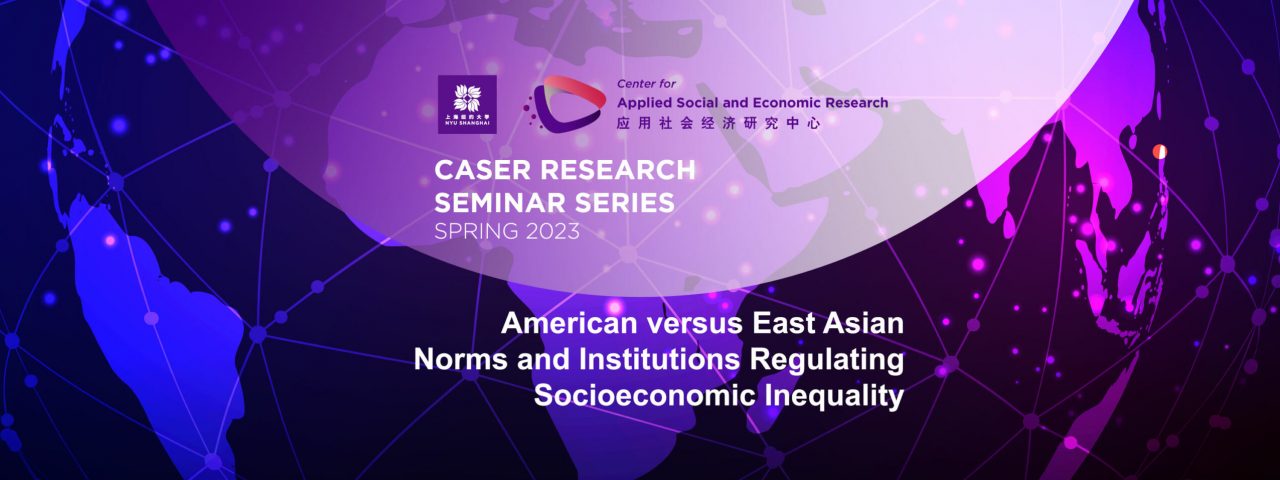Share:
American versus East Asian Norms and Institutions Regulating Socioeconomic Inequality

- Arthur Sakamoto, Professor and Head of the Department of Sociology, Hong Kong Baptist University
- 8:00 - 9:30 PM, Thursday, February 16, 2023 (China Standard Time)
- Seminar hosted via Zoom
Abstract
In this paper, we hypothesize that cultural understandings undergird institutions and norms that affect socioeconomic inequalities. In contrast to the US, East Asian societies have more of a collectivist cultural heritage that is not focused on promoting individual opportunity but is instead more helpful in reducing the overall level of inequality in society. The collectivist orientation supports similar institutions and norms in several East Asian societies despite their different historical trajectories. These institutions include Seniority-Pay Systems and Age-Based Income Differentials; Strong Work Norms; Status Hierarchies; Traditional Gender Roles and Family Structure; Exam-Based Educational Systems; A Savings Culture that Discourages Excessive Borrowing; Promoting Family Businesses and Moderating the Effects of Global Competition; and Low Immigration especially of Less-Skilled Workers. Although these institutions vary significantly across East Asian countries, they are more similar within East Asia than with the U.S. In many cases, they are considered inappropriate and even illegal in the U.S. as they impinge on the civil rights of individuals. In the following, we discuss how these institutions reduce socioeconomic inequality in East Asian societies at least in comparison to the US where inequality is continually increasing and is now as high as in some developing nations.
Biography
Arthur Sakamoto is Professor and Head of the Department of Sociology at Hong Kong Baptist University. His research interests include social stratification and inequality, economic sociology, racial and ethnic relations, education, demography, and East Asian societies. He has published widely on those topics. His most recent publication, “Open-Population Inference in Research on Intergenerational Mobility: An Investigation of the Underrepresentation of the Second Generation,” is in press at International Migration Review. His current research is developing an organizational model of the class structure that is based on patterns of economic exploitation.

